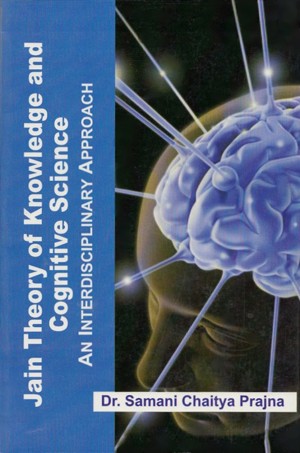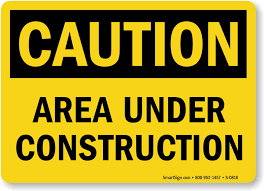In order to understand how these senses work we must know the anatomy and structure of human sense organs. Traditionally, there are five senses: sight, smell, taste, touch, and hearing as explained in Jain canons. According to Neuroscience, each of the senses consists of specialized cells that have receptors for specific stimuli. These cells have links to the nervous system and thus to the brain. Sensing is done at primitive levels in the cells and integrated into sensations in the nervous system.
Jain Theory of Knowledge and Cognitive Science: 2.5 Nature of Senses Explained in Biology and Jainism
Author:
 Samani Chaitya Pragya
Samani Chaitya Pragya
 Samani Chaitya Pragya
Samani Chaitya Pragya
Published: 29.07.2015
Updated: 14.08.2017
Updated: 14.08.2017
Sources

Title: Jain Theory of Knowledge and Cognitive Science
Author: Dr: Samani Chaitya Prajna
Publisher: Jain Vishva Bharati University, Ladnun, Rajasthan, India
Edition: 2012

Chapters
are under reorganisation
for better
content display
and direct access
Upgrades finished:
02.08.2017:
1 ►An Interdisciplinary Approach
1.0 Introduction
1.1 Jain Theory of KnowledgeDefinition of Knowledge
Classification of Knowledge1.2 Cognitive Science and its Interdisciplinary Approach
1.3 Neuroscience
1.4 Jain Theory of Knowledge and Neuroscience
14.08.2017:
2 ►Sensation, Perception and Neuroscience
2.0 Introduction
2.1 Concept of Sense Organs in Biology and Jainism
2.2. Derivative Meaning of Indriya
2.3 Types of Sense Organs and its Further Classes
2.4 Nature of Senses Explained in Biology and JainismOrganic Structures
Jain Classifications of the Senses
Classification of the Senses in Jainism vs. Biology
Sequence of the Attainment of the Senses2.5 Nature of Senses Explained in Biology and Jainism
A. Sense of Vision
B. Sense of Hearing
C. Sense of Taste
D. Sense of Smell
E. Sense Of Touch
Can Sense Organs Function as Any Other Sense Organ?2.6 Concept of Mind (mana) - The quasi-sense
16.08.2017
3 ►Information Processing
3.0 Introduction
3.1 Information Processing in Jainism
3.2 Jain Model of Information Processing
3.3 Sensation and Stage of Sensory Registration
3.4 Speculation and Stage of Object Analysis
3.5 Perceptual Judgment and Stage of Object Determination
3.6 Retention
3.7 Memory and Science behind it
3.8 Recognition and its Corresponding Brain Area
3.9 Inductive Reasoning and Western Logic
3.10. Inference
Page glossary
Some texts contain footnotes and glossary entries. To distinguish between them, the links have different colors.
Page statistics
This page has been viewed 482 times.